The orchid is watered in the right way, and the flowers are always full of branches without rotting roots!
Buy a few pots of orchids, decorate the room, suddenly feel full of life, blooming day, fragrance bursts, will make you feel vibrant, relaxed and happy. Orchids like to grow in a cool and humid environment, to maintain sufficient moisture in order to grow well. The following editor introduces the watering skills of orchids!
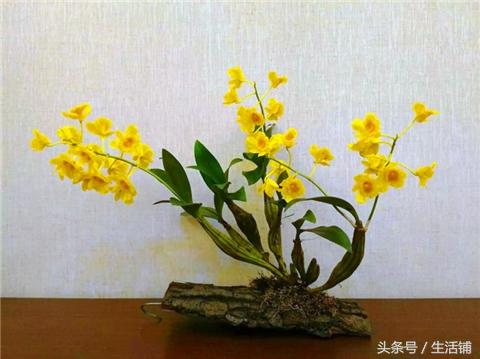
Look at the season
After ① "the Beginning of Spring", the soil should be kept moist. In the sunny noon, move the potted orchids in batches in the outdoor sun to wash away the dirt on the leaves so as not to block the stomata and keep the muddy layer on the disk surface moist.
After ② "startling", the basin soil is easy to dry by the wind and the sun, especially the new root tips and bud points of the root system begin to sprout, so daily watering should be diligent, but the amount of water should not be too much. After ③ "the Beginning of Summer", the soil moisture should be slightly drier than that of ordinary potted orchids at this time, because after flowering, most of them have a short period of semi-dormancy, slow growth and less leaf evaporation.
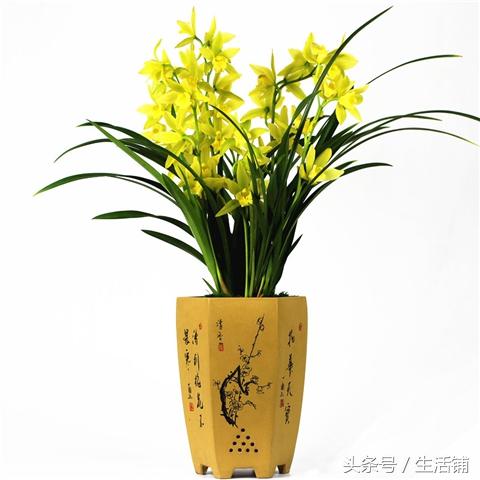
④ from June, the weather is getting hot, we should pay more attention to soil moisture, often spray leaves with clear water, and wet the orchid basin, forming a certain humid micro-climate, which is conducive to the growth and release of leaves. During the rainy season of Huangmei, on the contrary, it is necessary to control watering or even remove places for shelter from the rain, otherwise, black spots and patches (commonly known as partridge spots) often occur on the leaves, and this disease is most vulnerable on the leaves of fat ring grass and vegetarian heart petals in Chunlan.
⑤ ambush, turn to the hot period, in addition to strengthening shading, but also often carefully maintain a certain amount of soil moisture. If you find that the humidity in the shade shed is not enough, the basin surface is easy to dry, and the green cloud grass grows old and soft, you must sprinkle water on the orchid platform up and down and on the sidewalk or adjacent walls to increase moisture and reduce water consumption in orchid grass.
After ⑥ White Dew, the temperature gradually turns cool in autumn, and the amount of irrigation can be reduced at this time. It is found that the basin mud must be watered to a moist degree when it is dry.
After the ⑦ Mid-Autumn Festival, the temperature is often on the high side, and the air is too dry, so it is watered sooner or later. Such as insufficient watering, the mud layer in the basin is often slightly cracked or shelled with the basin wall, this phenomenon is commonly known as "water chestnut dryness" in the south of the Yangtze River, orchid pots are most vulnerable to injury, affect growth, stamens are withered, or flowers are stiff in the coming year, and pedicels are shortened.
During the late autumn of ⑧, the new grass of Cymbidium has changed from new green to old thick, and the stamens have large coats and shells. If it is wet for a long time, black spots are most likely to occur on the new leaves, and the stamens often have the phenomenon of "rotten clothes". At this time, we should try to avoid the rain, or reduce the amount of irrigation, more exposed to the sun. When the weather turns colder, it can be watered at intervals of several days and exposed to full-time sunlight.
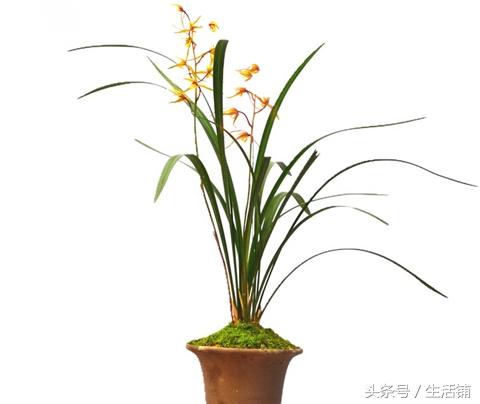
Look at the temperature
The higher temperature of ① will accelerate the transpiration of plants, so the water demand of plants is more, and the times and amount of watering should be increased accordingly.
The temperature of ② is low and the evaporation of water is slow, so it needs less water. This mainly varies from season to season.
Look at the flowerpot
No matter the size of the orchid basin, the purple sand plastic basin will not be bad, the air permeability is strong, and the basin is easy to dry and easy to water.
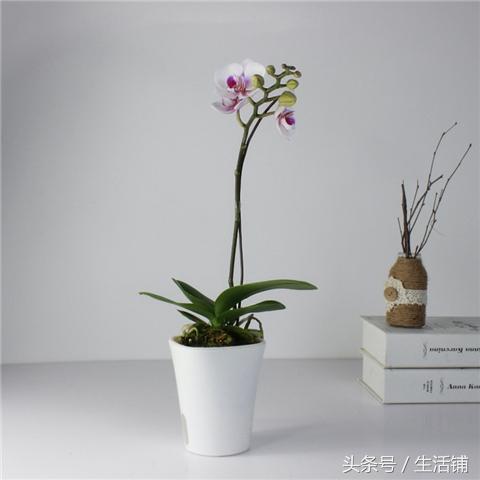
Look at the humidity
If the air humidity of ① is low, the water in the basin soil will evaporate quickly and more water will be needed.
② air humidity is high, transpiration will be very weak, it is necessary to reduce watering or no watering.
Look at the orchid plant
The seedlings are exuberant and absorb water quickly, and the sick and weak seedlings need less water.
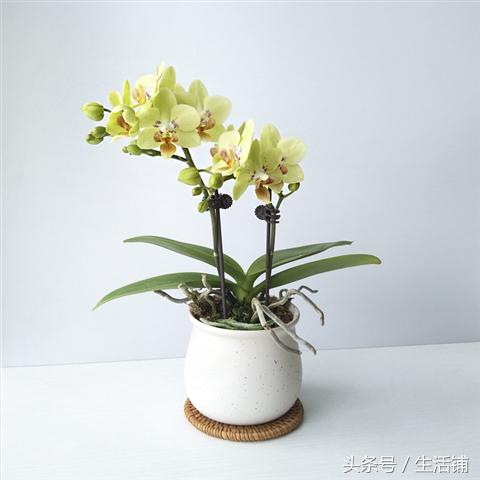
Look at the weather
Nature is changeable, and the amount of water is different under different light, temperature and humidity. The basic practice is to water more in sunny days, less in cloudy days, and not watered in rainy days.

- Prev
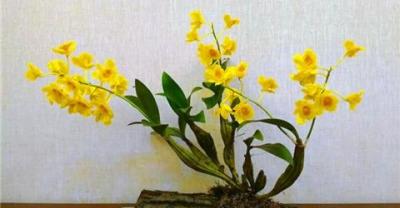
There are four key points for orchid cultivation to prevent rotting roots: thick roots and many flowers!
Orchids like the moist environment, but also fleshy roots, if not careful, the roots will rot, but also easy to cause black spot, so, when raising orchids, preventing rotting roots is very.
- Next

Potted orchid culture should master three elements! Do you know what it is?
(1) cultivated soil. Orchid is a perennial root plant, which requires soil rich in humus, fertile and loose, pH 5.5 to 6.5. Pot culture soil with rotten leaves,.
Related
- Is the orchid suitable for indoor use? Is it good for the body?
- How to prevent the empty root of orchids?
- What to do after the crab claw orchid is withered?
- Why are the leaves of orchids always yellow? Fertilizing and watering.
- Can the root of the gentleman orchid be saved if it is rotten?
- Diagnosis and treatment of cotton-blowing beetle insects in Cymbidium
- There is a way for a gentleman's orchid to rot.
- What is the most suitable temperature and humidity for the orchid?
- How to raise a gentleman's orchid? Cultivation techniques of Cymbidium
- How to prepare the nutritive soil for the cultivation of Cymbidium

